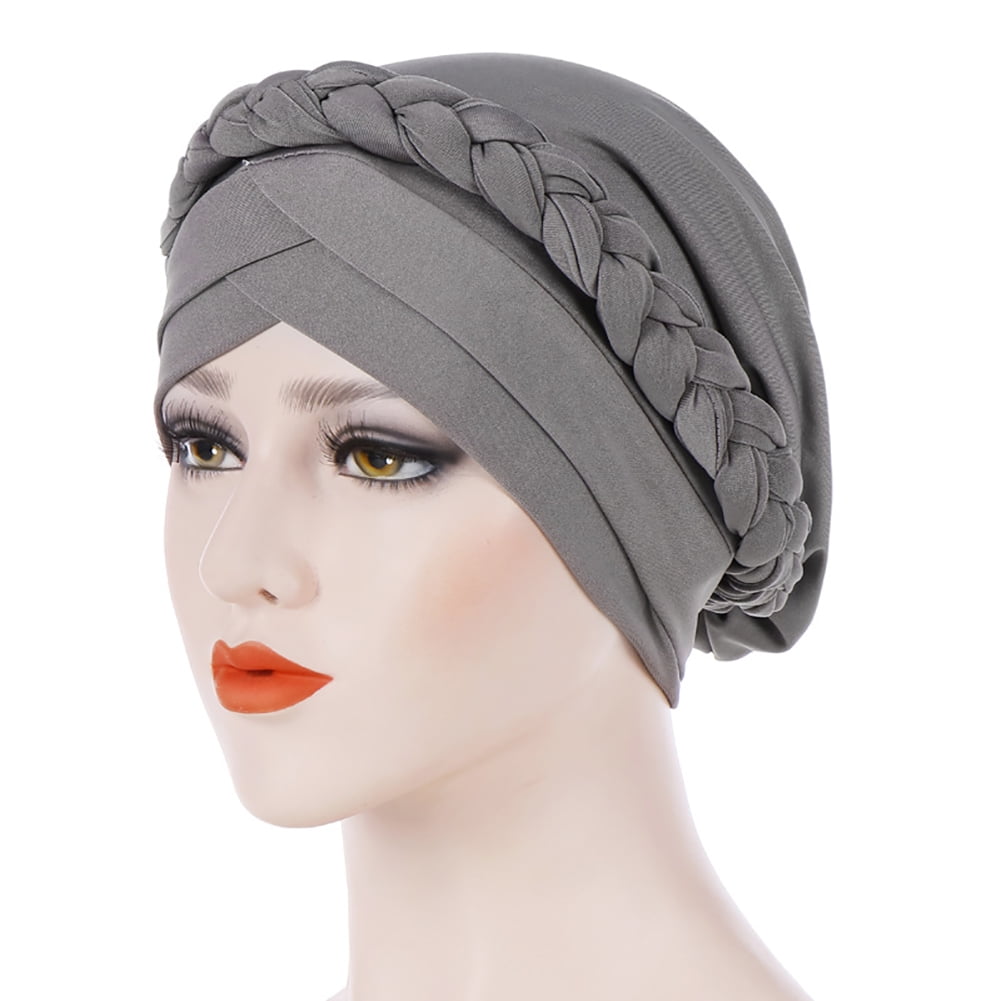

In parts of North Africa, where blue is common, the shade of a turban can signify the tribe of the wearer. This turban offers complete and total head coverage, perfect for those women suffering from hair loss due to cancer, chemotherapy, alopecia, or any other medical hair loss condition. Multifunctional solutions for sports and active. Hats, scarves, neck warmers or headbands. Many Muslim men choose to wear green, because it represents paradise, especially among followers of Sufism. Discover the style and quality of BUFF neck and head accessories. very soft, breathable, light, quick drying, no fading, no deformation, skin-friendly and sweat absorption that provides comfort in any weather condition.
#Turban scarf free#
Each turban comes with one free coordinating scarf. This turban for men are made of quality cotton fabric.

Shiah clergies today wear white turbans unless they are descendants of prophet Muhammad or Sayyid, in which case they wear a black turban. This beautiful turban features loops that allow you to tie the scarf through. Multi coloured Silk Twisted Turban hairband and neck scarf in multi coloured pink green yellow Prospect Road Mulberry pure Silk satin SilkandLawn (370) £45.00 Vintage 1960s silk large long scarf head tie turban TheSirenVintage (278) £24.00 Tartan Bear Print Square Headscarf Turban Scarf CocosVintageStudio (102) £10. The style of turban he introduced was a cap with a cloth tied around it this headwear is known as Imamah and was emulated by Muslim kings and scholars throughout history. Product description Women turban cap wrap hat headwrap Features: Elegant appearance: Solid color turban hat is chic and beautiful, easy to with different outfits, such as coat, skirt, dress, jeans and more, you can apply it in your own way, and make yourself look cool. The Islamic prophet, Muhammad, who lived 570–632, wore a turban in white, the most holy colour. A style of turban called a phakeolis continued to be worn in that region by soldiers of the Byzantine army in the period 400–600, as well as by Byzantine civilians as depicted in Greek frescoes from the 10th century in the province of Cappadocia in modern Turkey, where it was still worn by their Greek-speaking descendants in the early 20th century. Some of the ancient civilizations such as those of Mesopotamia, Sumerian, and Babylonian evidently used turbans.


 0 kommentar(er)
0 kommentar(er)
